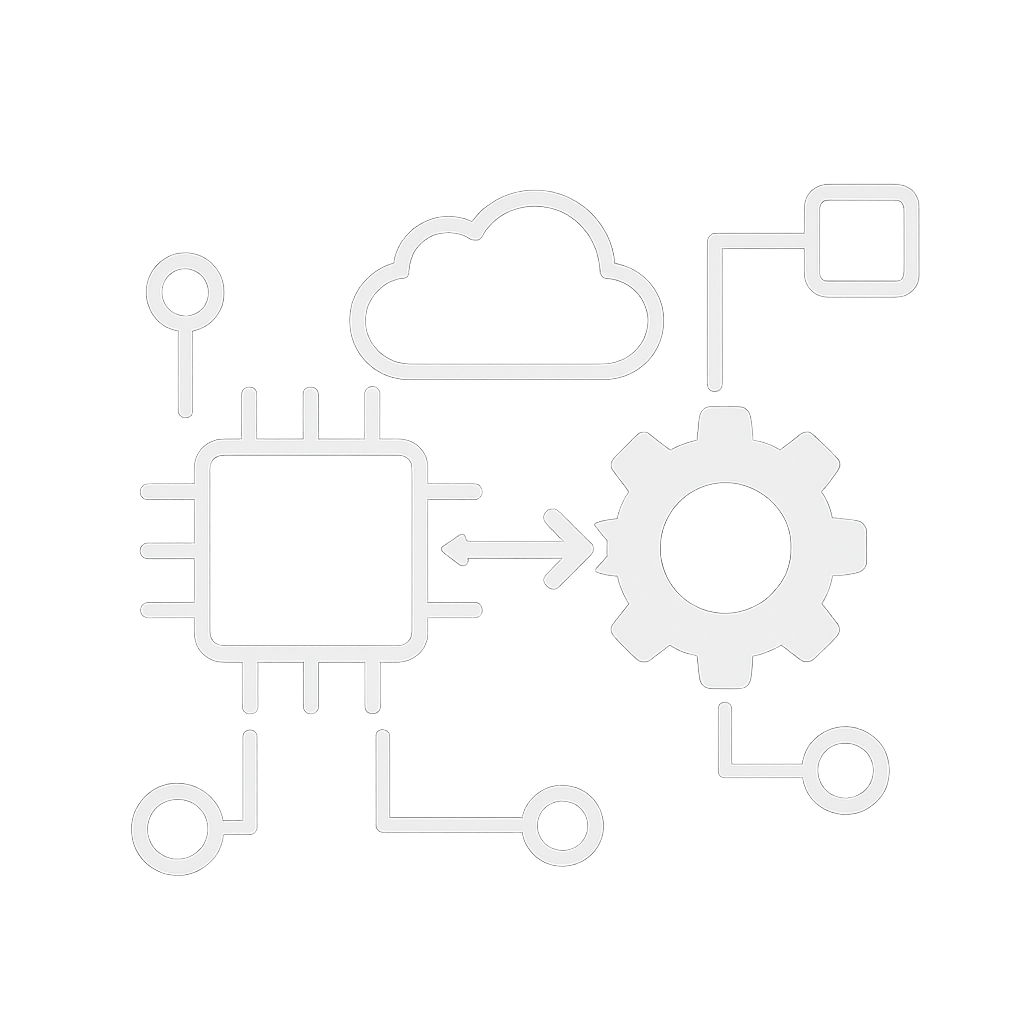Interoperability – a key element of modern industry
- Seamlessly connects systems, devices and platforms.
- Prevents data silos and reduces integration effort.
- Enables scalable, future-proof IT/OT architectures.
- Basis for rapid digitalization – e.g. with pronubes.

What is interoperability?
Interoperability describes the ability of systems, devices or platforms to exchange and process data across manufacturers and technologies. In an increasingly digitalized industry, this means that machines, software solutions and cloud systems communicate smoothly with each other – regardless of age, origin or purpose. The aim is to achieve an end-to-end, consistent information architecture across all levels.
Why is interoperability crucial?
A wide variety of systems come together in modern industrial processes – from ERP software and SCADA systems to sensor technology, AI and cloud platforms. Without interoperability, these heterogeneous structures lead to data silos, integration problems and declining efficiency.
Interoperability enables end-to-end data flows, rapid integration of new systems, reduces the complexity of IT/OT mergers and helps to avoid proprietary dependencies.
Technological foundations for interoperability
The basis for functioning interoperability is open standards and modern interfaces. The following technologies play a key role:
- OPC UA, MQTT, REST APIs – protocols for secure, standardized data exchange
- Edge computing & middleware solutions – for pre-processing and normalization of data
- Semantic data models – to make machine and process data context-capable
- Security-first architectures – to make interoperability secure and controllable
Interoperability as a strategic success factor for CIOs
For corporate IT, interoperability is not a purely operational issue, but a strategic architectural decision. It decides on:
- Future viability of the system landscape
- Scalability of digitalization initiatives
- Competitiveness through shorter time-to-market
- Technological independence and avoidance of vendor lock-in
Investments in interoperable structures pay off in the long term – through greater flexibility, lower integration costs and faster innovation.
